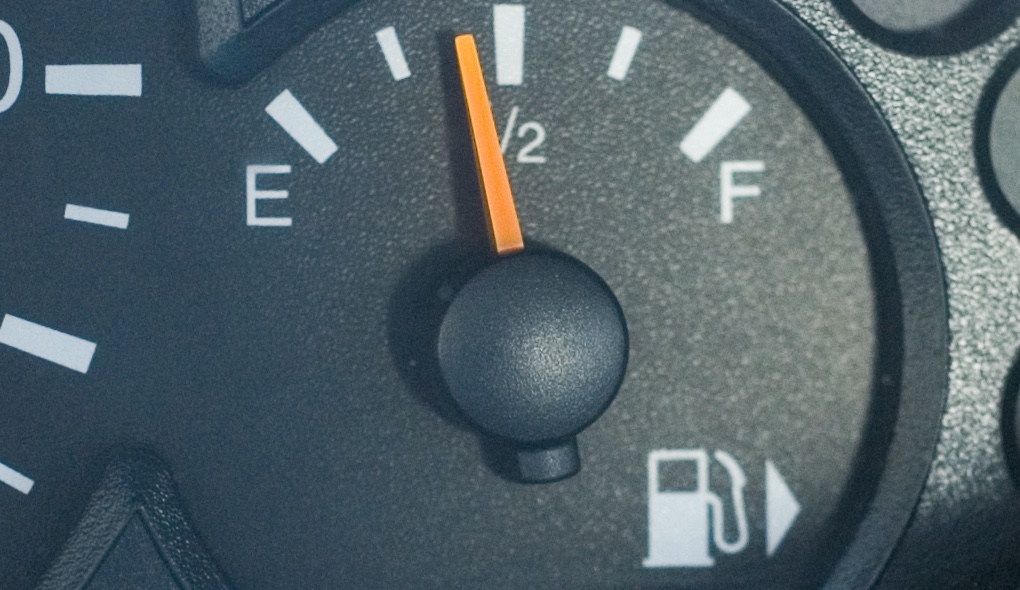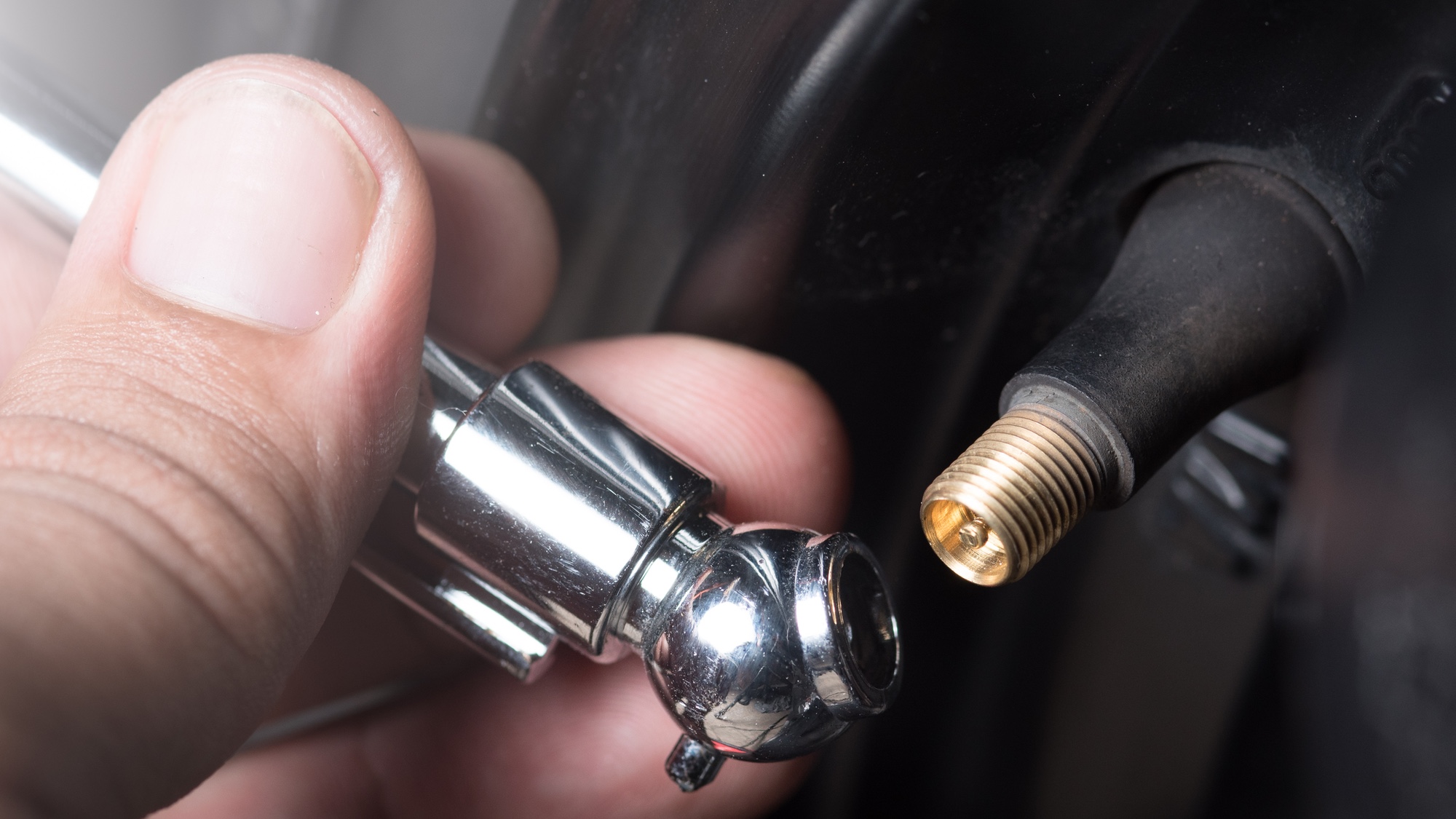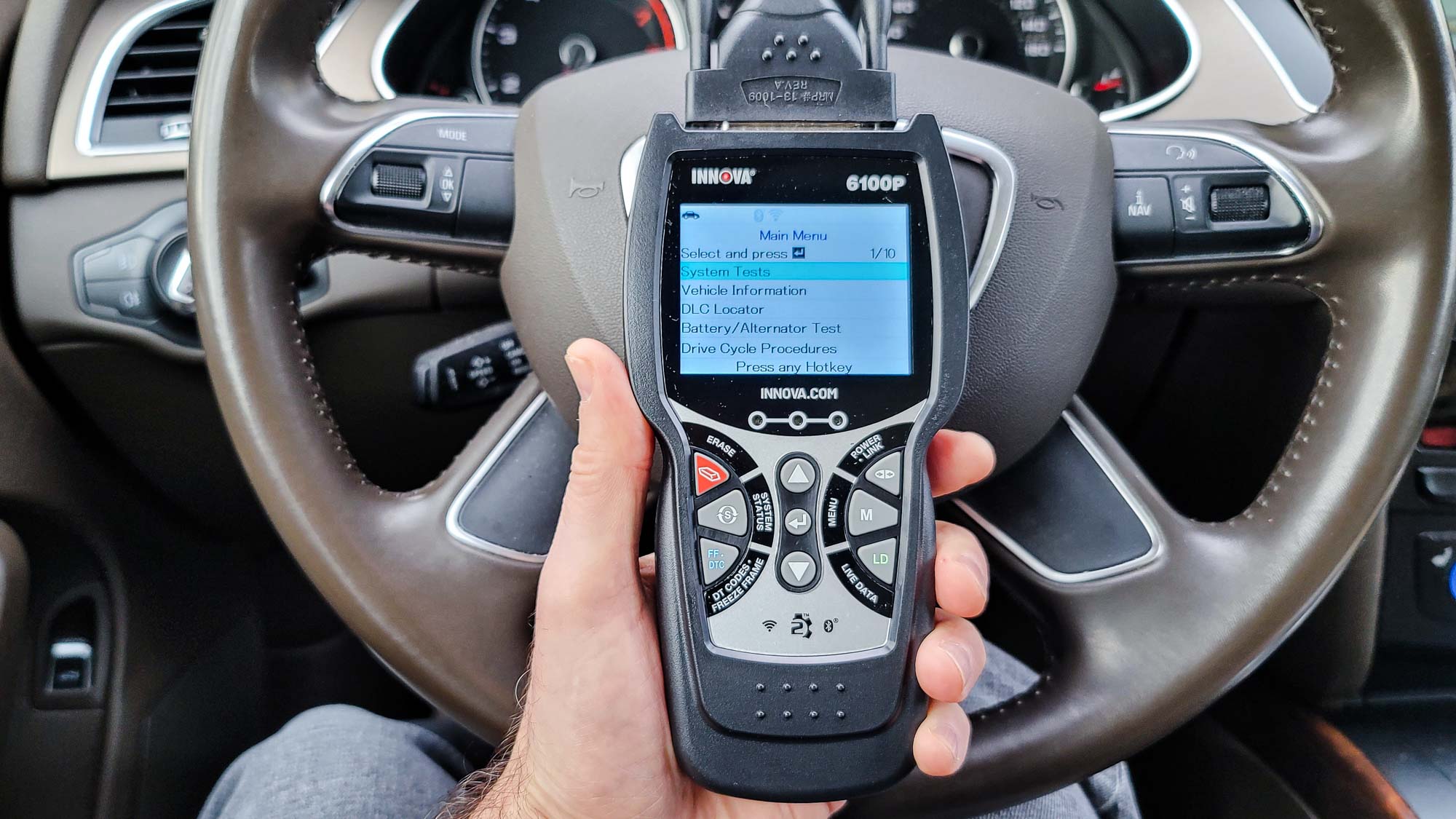How to improve your gas mileage
Gas costs are going up — here's how to make sure your car gets the most out of every gallon

Gas prices have been hitting record prices recently, with average prices now in excess of $4.30 a gallon. If you’re reliant on a car to go about your day, this means your wallet is going to take a major beating.
Your first step should always be to find cheap gas, and make sure you’re not overpaying when you fill your tank. But it also pays to take steps to improve your gas mileage, literally. That way you can make sure your car isn’t unnecessarily burning through fuel.
There is no magic bullet, and no amount of careful driving will stop your gas guzzler from guzzling gas. But when gas prices are climbing the way they have been, with no sign of slowing down, every extra inch you get out of your tank is like putting dollars back into your pocket.
Here are our essential tips on how to improve your gas mileage and boost your fuel efficiency.
A lot of these tips also apply to electric cars. While EVs don’t suffer the same gas price woes as everyone else, they do have to contend with the rising cost of electricity. If you have an EV, be sure to check out our guide on how to maximize EV range.
Don’t drive too fast
The faster you travel, the more power your car will need to maintain its speeds, and the more gas you will burn through as a result.
Driving too fast isn’t a good idea for a bunch of reasons, but it’s also something to avoid when you’re trying to save gas. The faster you travel, the more power your car will need to maintain its speeds, and the more gas you will burn through as a result.
According to fueleconomy.gov, 50 miles per hour is the point where fuel efficiency starts to take a dive. Furthermore, every additional 5 MPH you drive over 50 is like adding an extra $0.29 to each gallon of gas.
Get instant access to breaking news, the hottest reviews, great deals and helpful tips.
We still don’t recommend you deliberately drive below the speed limit. It’s safer to drive at higher speeds and keep pace with all the other cars around you. However this is still something worth bearing in mind next time you think about speeding. Is going 75 in a 70 zone really worth it?
Use Eco Mode
If your car has a dedicated Eco Mode, then make sure it’s switched on. This will help restrict the more power-hungry features in the car, like the heater or accelerator, and means you won’t be burning excess gas on things you don’t really need.
Because you don’t need to break 0-60 records on your way to work, and the energy you’d need to do that is better off stored in your tank until it’s needed for something important.
Drive smoothly
You know what’s really bad for your mileage? Sudden bursts of heavy acceleration followed by heavy braking. The best way to make sure you’re not burning through any excess gas is to drive as smoothly as you can, with gentle and steady acceleration instead of lead-footing the gas pedal to the floor.
Likewise, heavy braking means you’re wasting energy you were using to maintain your previous speed. Unless it’s an emergency, you should endeavour to slow with gentle braking, or by coasting as much as possible and let physics take care of your deceleration.
Anyone driving a manual transmission should also take care to avoid over-revving — both when you’re starting from a standstill and when it’s time to shift gear. Not only does this use up more gas, it will also have an adverse effect on both your engine and clutch.
Choose more efficient routes
From an efficiency standpoint, the worst thing you can do is drive around stopping and starting all the time. It takes energy to get to speed, and every time you hit the brakes that energy goes to waste. So, if you’re serious about saving gas and improving your mileage, you want to choose routes that involve longer uninterrupted stretches of road.

If you’re not so sure how to find more efficient routes, Google Maps can help you out. One of the best Google Maps tricks is that it will now automatically suggest routes that offer better fuel efficiency.
You can check this is switched on by tapping your profile image in the corner and selecting Settings > Navigation Settings and making sure Prefer fuel-efficient routes is switched on.
Keep climate control to a minimum
You should always stay comfortable, but be aware that climate control can be a real power drain. And the more power you use, the more gasoline you need to burn to generate it. So try and use these features sparingly, if you can, and try to use less power-draining options if they’re available.
For instance, heated seats and steering wheels use less power than the heater. Likewise, opening your window can provide a breeze, and the extra drag isn’t as big a drain as powering up the A/C.
Just don’t be so obsessed with power consumption that you put yourself in danger. Being too hot, or too cold, is just about the worst thing you can do when you’re operating a few tons of metal and explosive fuel.
Make sure your tires are inflated correctly
Check your tires and find out what the correct pressure is, and make sure you regularly check that pressure. Under-inflated tires increase your drag, which lowers your mileage, and can lead to increased or uneven wear over time. That’s going to cost you in the long term.

On the flip-side, you don’t want over-inflated tires either — but for totally different reasons. over-inflated tires wear out more easily, and are at greater risk of blow out. That’s the kind of thing that leads to a lot more problems — which cost money —than an expensive gas bill.
However, while you’re at it, you may also want to check what kind of tires you have. Fuel efficiency tires have much lower rolling resistance, and require less energy as a result. However lowering rolling resistance also affects grip and water displacement, which is worth bearing in mind before you head down to the garage for a tire change.
Dump the excess weight
The heavier your car is, the more power you need to make it move. More power requires more gas. So be sure to take a good look in your car and clear out anything you don’t actually need to have in there. Every ounce of weight will make your gas tank go further, and the more you dump, the kinder it is on your wallet.
We’re not saying take out the spare tire no matter how heavy it is, but be sure to boot out anything you aren’t likely to need on the open road.
This also applies to any accessories you have on the outside of your car, such as roof racks, grill guards, decorative spoilers, and other things of that ilk. Those all increase the drag on your car, and more drag means increased fuel consumption.
Don’t let your engine idle
It goes without saying that keeping your engine running when it doesn’t need to be a waste of fuel. So if you know your car is going to be stuck in one place for an extended period of time, think about turning your engine off.
Idling actually consumes more fuel than switching off your car and restarting the engine when needed. So, by not sitting in a stationary car with the engine running for extended periods of time, your wallet gets to enjoy those savings.
Perform regular maintenance
A lot of problems inside your car can increase fuel consumption and cause your mileage to nosedive. So you need to make sure you stay on top of regular maintenance, keeping your car serviced and in tip-top shape. A whole host of problems can occur in your engine, ranging from something as simple as dirty air filters or spark plugs all the way to carbon build-up and oil leaks.

Your car can usually detect when there’s a problem, but you won’t be able to translate that without help. So be sure to pick up one of the best OBD-II scanners, which will give you a lot more insight into that check engine light - and determine whether it’s a problem you need a professional to handle, or something you can fix yourself.

Tom is the Tom's Guide's UK Phones Editor, tackling the latest smartphone news and vocally expressing his opinions about upcoming features or changes. It's long way from his days as editor of Gizmodo UK, when pretty much everything was on the table. He’s usually found trying to squeeze another giant Lego set onto the shelf, draining very large cups of coffee, or complaining about how terrible his Smart TV is.
